Home>Gardening & Outdoor>Landscaping Ideas>How To Add Grass Seed To Existing Lawn
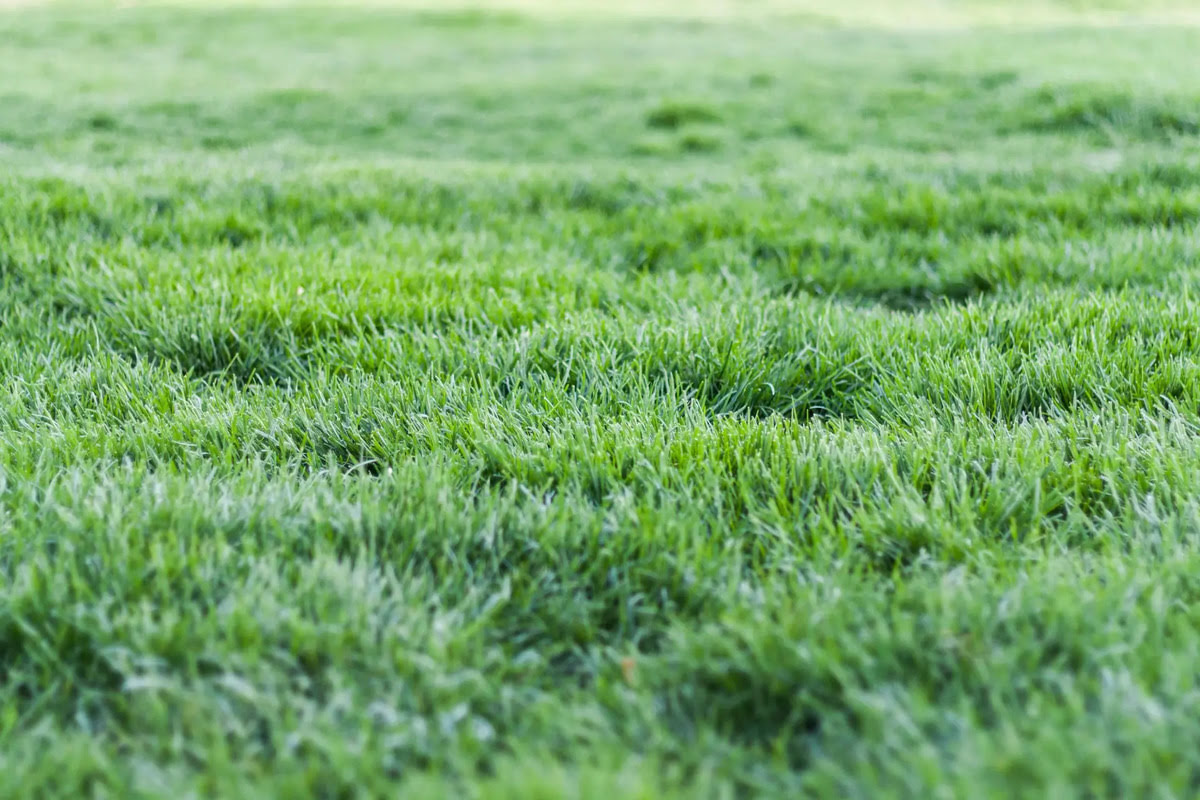

Landscaping Ideas
How To Add Grass Seed To Existing Lawn
Modified: August 16, 2024
Learn how to add grass seed to your existing lawn with our expert landscaping ideas. Transform your yard with our step-by-step guide.
(Many of the links in this article redirect to a specific reviewed product. Your purchase of these products through affiliate links helps to generate commission for Storables.com, at no extra cost. Learn more)
Introduction
Welcome to the world of landscaping and lawn care! Whether you’re a seasoned gardener or a novice enthusiast, the idea of adding grass seed to your existing lawn can be both exciting and daunting. However, with the right knowledge and a bit of elbow grease, you can transform your patchy or thinning lawn into a lush, vibrant carpet of green. This article will guide you through the process, from assessing your lawn’s needs to choosing the right grass seed, preparing your lawn, spreading the seed, and providing essential maintenance tips. By the end, you’ll be equipped with the knowledge and confidence to rejuvenate your lawn and enhance your outdoor space.
Key Takeaways:
- Choose the right grass seed by considering climate, maintenance level, soil type, and lawn usage. This ensures a healthy, vibrant lawn tailored to your specific needs.
- Prepare your lawn thoroughly before spreading grass seed, including clearing debris, aerating the soil, and providing consistent, gentle watering for successful germination and establishment.
Read more: How To Plant Grass Seed On Existing Lawn
Assessing Your Lawn
Before embarking on the journey of adding grass seed to your existing lawn, it’s crucial to assess the current state of your outdoor space. Start by taking a walk around your lawn and closely observing its condition. Look for areas with sparse grass, patches of bare soil, or signs of wear and tear. Note any areas where the grass appears unhealthy, such as discoloration or thinning.
Additionally, consider the environmental factors that may impact your lawn, such as sunlight exposure, soil type, and drainage. Take note of areas that receive ample sunlight versus those shaded by trees or structures. Assess the soil quality and drainage patterns to identify any areas prone to waterlogging or excessive dryness.
Furthermore, evaluate the overall usage of your lawn. High-traffic areas, such as pathways or play areas, may require a different approach to lawn care compared to less frequented sections. Understanding how your lawn is used will help you tailor your grass seed selection and maintenance strategies to suit specific needs.
By thoroughly assessing your lawn, you’ll gain valuable insights into the challenges it faces and the opportunities for improvement. This knowledge will inform your decisions when selecting the appropriate grass seed and devising a tailored plan to revitalize your lawn.
Choosing the Right Grass Seed
When it comes to selecting the right grass seed for your lawn, several factors should guide your decision. The climate in your region plays a significant role in determining the type of grass that will thrive. Cool-season grasses, such as Kentucky bluegrass and fescue, are well-suited to regions with cold winters and hot summers, while warm-season grasses like Bermuda grass and Zoysia excel in areas with scorching summers and mild winters.
Consider the level of maintenance you’re willing to commit to, as different grass species have varying care requirements. Some grasses are more resilient and require less water and mowing, making them ideal for low-maintenance lawns. Additionally, assess the shade tolerance of different grass types, especially if your lawn includes shaded areas that may struggle to support certain species.
Soil type also influences the success of grass seed. Whether your soil is sandy, loamy, or clay-based, certain grass varieties will fare better than others. Conduct a soil test to determine its pH level and nutrient content, as this information will aid in selecting grass seed that is well-suited to your soil’s specific needs.
Another crucial consideration is the intended use of your lawn. If you have pets or children who frequently play on the grass, opt for a durable grass variety that can withstand heavy foot traffic and potential wear and tear. Conversely, if your lawn is primarily ornamental and serves as a visual centerpiece, you may prioritize aesthetic qualities when choosing your grass seed.
By carefully evaluating these factors, you can narrow down the options and choose a grass seed that aligns with your lawn’s unique requirements. This thoughtful selection process sets the stage for a successful lawn revitalization project, ensuring that the grass seed you sow will flourish and contribute to a healthy, vibrant lawn.
Preparing Your Lawn
Proper preparation is key to creating an optimal environment for new grass seed to take root and thrive. Start by clearing the lawn of any debris, such as fallen leaves, branches, or rocks, to provide a clean and level surface for seeding. If there are any weeds present, consider removing them manually or using an appropriate herbicide to prevent competition for resources once the new grass begins to grow.
Next, assess the soil’s condition and address any compaction issues. Aerating the soil with a core aerator can alleviate compaction and improve air and water penetration, creating a more hospitable environment for the grass seed to germinate. If the soil is excessively compacted, consider incorporating organic matter, such as compost, to enhance its structure and fertility.
Once the soil is prepared, it’s time to sow the grass seed. Depending on the size of the area, you can use a broadcast spreader for larger sections or spread the seed by hand in smaller, more intricate areas. Be mindful of achieving even coverage to promote uniform growth and avoid overcrowding or sparse patches.
After spreading the grass seed, lightly rake the soil to cover the seeds with a thin layer of soil. This helps protect the seeds from birds and other pests while maintaining essential soil contact for germination. Consider applying a starter fertilizer to provide the new grass with essential nutrients for healthy establishment.
To further enhance the seed-to-soil contact and promote successful germination, gently roll the seeded area with a lawn roller. This ensures that the seeds remain in close contact with the soil, facilitating the absorption of moisture and nutrients crucial for initial growth.
Finally, water the newly seeded area thoroughly but gently. Aim to keep the soil consistently moist, but avoid overwatering, as excessive moisture can hinder germination and promote fungal diseases. Implementing a regular watering schedule, typically several times a day for short durations, will support the germination process and encourage the development of strong, healthy seedlings.
By meticulously preparing your lawn and creating an optimal environment for the new grass seed, you set the stage for successful germination and establishment. This diligent groundwork lays the foundation for a healthy, vibrant lawn that will thrive for years to come.
When adding grass seed to an existing lawn, make sure to prepare the area by raking the soil and removing any debris. Then spread the grass seed evenly and lightly rake it into the soil. Water the area regularly to keep the soil moist for germination.
Spreading the Grass Seed
Spreading grass seed is a pivotal step in the lawn revitalization process, and the method you choose can significantly impact the success of your efforts. Whether you’re overseeding an existing lawn or establishing a new one, the approach to spreading the grass seed plays a crucial role in achieving uniform coverage and promoting healthy, lush growth.
Before spreading the seed, it’s essential to calculate the appropriate seeding rate based on the type of grass seed you’ve selected and the size of the area to be seeded. Refer to the seed packaging or consult with a local gardening expert to determine the recommended seeding rate for your specific grass variety. This information will guide you in achieving the ideal seed density for optimal germination and coverage.
When it comes to spreading the grass seed, several methods can be employed, each suited to different lawn sizes and conditions. For larger areas, a broadcast spreader offers efficient and uniform seed distribution, ensuring comprehensive coverage across expansive lawns. Adjust the spreader settings to dispense the seed at the recommended rate, and walk in a systematic pattern to cover the entire area evenly.
Alternatively, for smaller or intricately shaped sections, hand seeding provides greater precision and control. By dispersing the seed manually, you can target specific areas that may require additional coverage and address hard-to-reach spots with ease. This method allows for personalized attention to ensure that every nook and cranny receives adequate seed distribution.
Regardless of the seeding method employed, it’s crucial to maintain a steady and even pace to prevent over- or under-seeding. Consistent movement and attention to detail during the spreading process contribute to uniform coverage, minimizing the risk of patchy growth and promoting a cohesive, healthy lawn.
After spreading the seed, lightly rake the soil to cover the seeds with a thin layer of soil, ensuring essential seed-to-soil contact for successful germination. This protective layer helps shield the seeds from birds and other pests while facilitating the absorption of moisture and nutrients from the soil.
By approaching the task of spreading grass seed with care and precision, you lay the groundwork for a thriving, verdant lawn. Thoughtful consideration of seeding rates, distribution methods, and thorough coverage sets the stage for successful germination and the emergence of a lush, healthy carpet of grass.
Read more: How To Sow Grass Seed On Existing Lawn
Watering and Maintenance
Proper watering and ongoing maintenance are essential for nurturing newly seeded grass and ensuring its healthy establishment. After spreading the grass seed, it’s crucial to initiate a consistent watering regimen to support germination and early growth. Keep the seeded area consistently moist by watering lightly several times a day, particularly in the morning and early afternoon to minimize evaporation and maximize absorption.
As the new grass begins to germinate and take root, gradually transition to a less frequent but deeper watering schedule. This encourages the development of robust root systems and promotes the resilience and drought tolerance of the emerging grass. Pay close attention to the moisture levels in the soil, ensuring that it remains consistently damp but not waterlogged.
Monitor the seeded area closely for signs of germination, typically visible within one to three weeks after seeding, depending on the grass variety. Once the grass seedlings have established themselves and reached a height of approximately 2 inches, adjust your mowing practices to support their continued growth. Set your mower to a higher cutting height to avoid stressing the young grass and allow it to develop a strong and healthy root system.
As the newly seeded grass matures, continue to provide regular maintenance, including fertilization and weed control as needed. Apply a high-quality, slow-release fertilizer to provide essential nutrients for sustained growth and overall lawn health. Be mindful of any weeds that may emerge and address them promptly to prevent competition for resources and maintain the integrity of the grass stand.
Throughout the growing season, maintain a consistent mowing schedule, ensuring that you never remove more than one-third of the grass blade’s height in a single mowing session. This gentle approach to mowing promotes a dense, healthy lawn and minimizes stress on the grass plants, contributing to long-term vitality and resilience.
Additionally, be vigilant in monitoring the lawn for signs of pests or diseases, addressing any issues promptly to prevent widespread damage. Regular aeration and dethatching can also aid in maintaining a healthy lawn by improving air and water penetration and reducing thatch buildup, respectively.
By implementing a comprehensive maintenance routine and providing attentive care to your newly seeded lawn, you can foster its growth and development into a flourishing, resilient carpet of green. Thoughtful watering practices, strategic mowing, and ongoing maintenance efforts contribute to the long-term health and vibrancy of your revitalized lawn.
Conclusion
Embarking on the journey of adding grass seed to your existing lawn is a rewarding endeavor that promises to transform your outdoor space into a lush, vibrant haven. By assessing your lawn’s needs, carefully selecting the right grass seed, and diligently preparing the soil, you lay the groundwork for a successful revitalization project. Thoughtful attention to spreading the seed, watering, and ongoing maintenance ensures the healthy establishment and long-term vitality of your newly seeded lawn.
Throughout the process, remember that patience is key. Germination and establishment take time, and nurturing the young grass with consistent care and attention will yield bountiful rewards. As the grass seedlings emerge and the lawn begins to flourish, take pride in the transformation and the beauty you’ve cultivated.
Furthermore, consider the environmental impact of your lawn care practices. Embrace sustainable and eco-friendly approaches, such as utilizing organic fertilizers, conserving water, and minimizing chemical inputs, to promote a healthy ecosystem and reduce your carbon footprint.
Lastly, relish the joy of spending time in your revitalized outdoor oasis, whether it’s hosting gatherings, playing with pets, or simply unwinding amidst the natural splendor. A healthy, vibrant lawn not only enhances the visual appeal of your property but also provides a welcoming and rejuvenating space for relaxation and recreation.
As you witness the fruits of your labor and the flourishing beauty of your revitalized lawn, take pride in the care and dedication you’ve invested. Your commitment to creating a thriving outdoor environment enriches not only your own life but also the lives of those who share in the enjoyment of your revitalized green haven.
With the knowledge and insights gained from this guide, you’re well-equipped to embark on the journey of adding grass seed to your existing lawn, nurturing its growth, and savoring the abundant rewards of a healthy, vibrant outdoor space.
Frequently Asked Questions about How To Add Grass Seed To Existing Lawn
Was this page helpful?
At Storables.com, we guarantee accurate and reliable information. Our content, validated by Expert Board Contributors, is crafted following stringent Editorial Policies. We're committed to providing you with well-researched, expert-backed insights for all your informational needs.
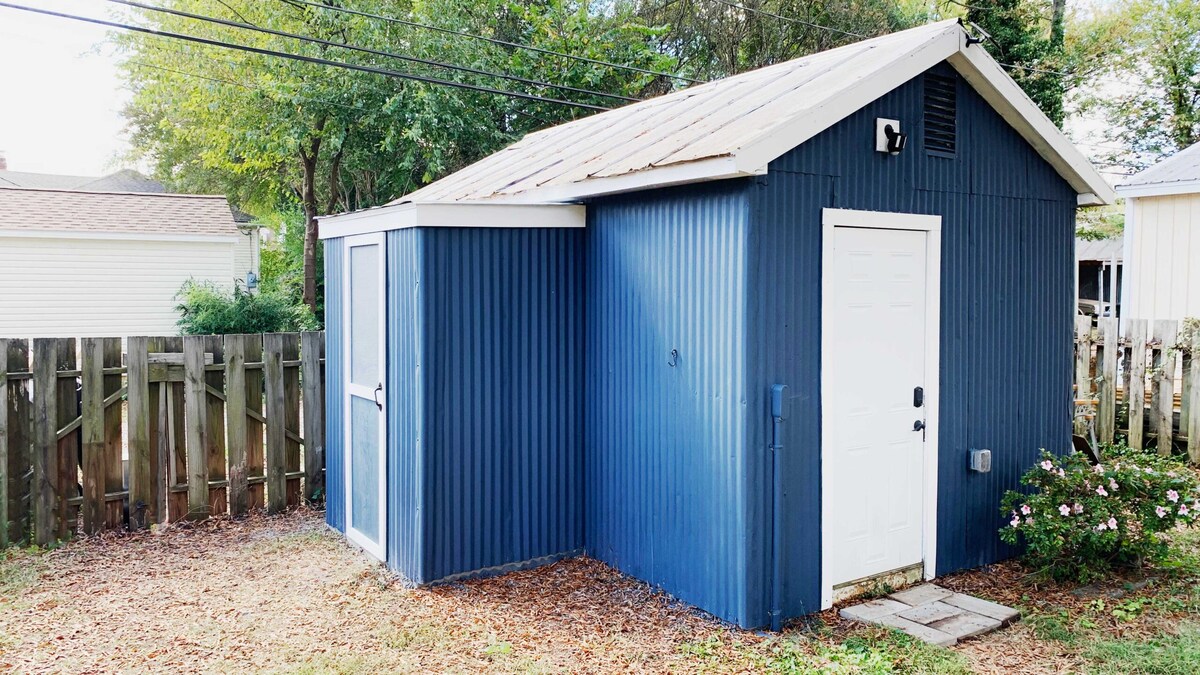

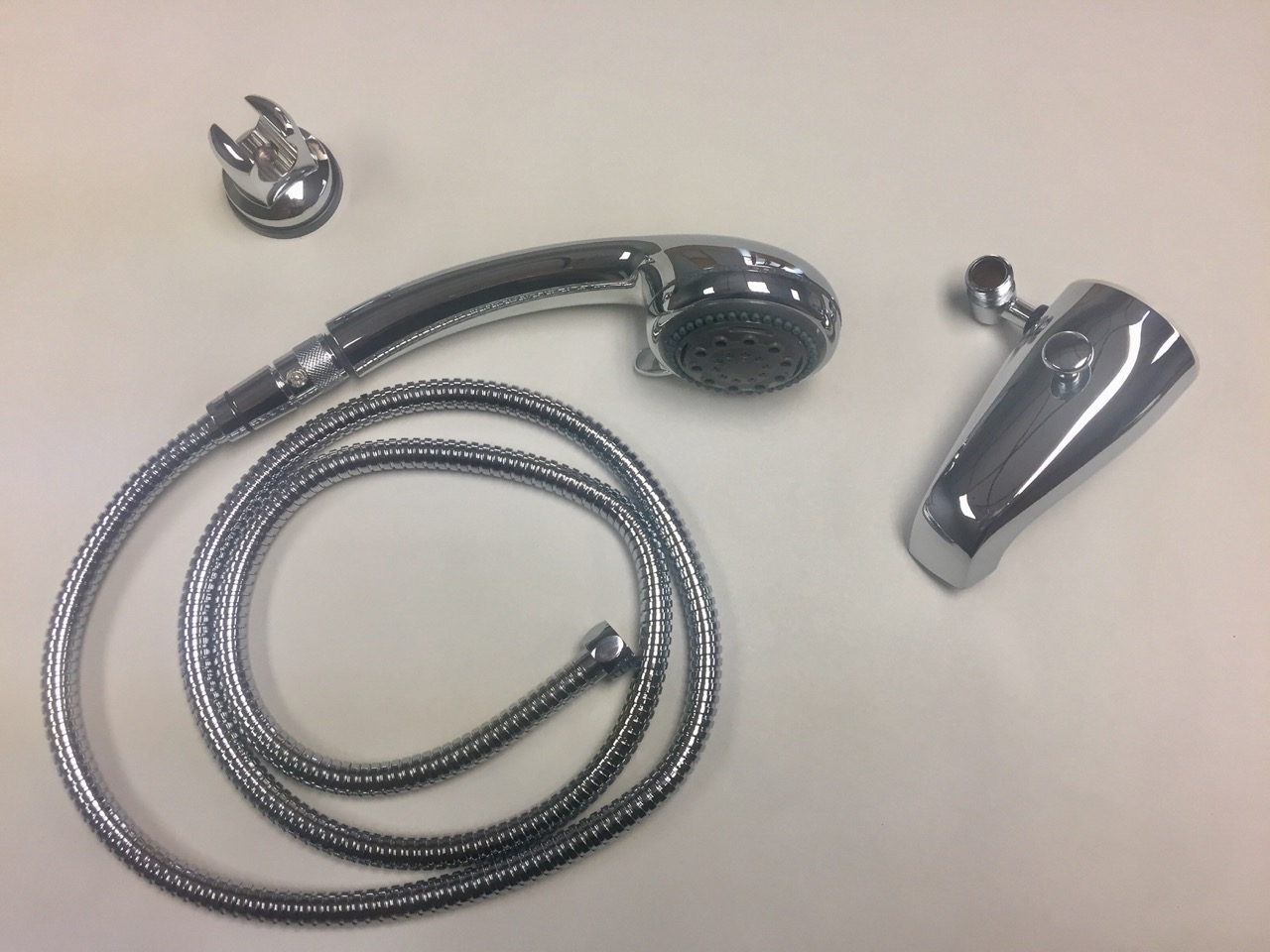


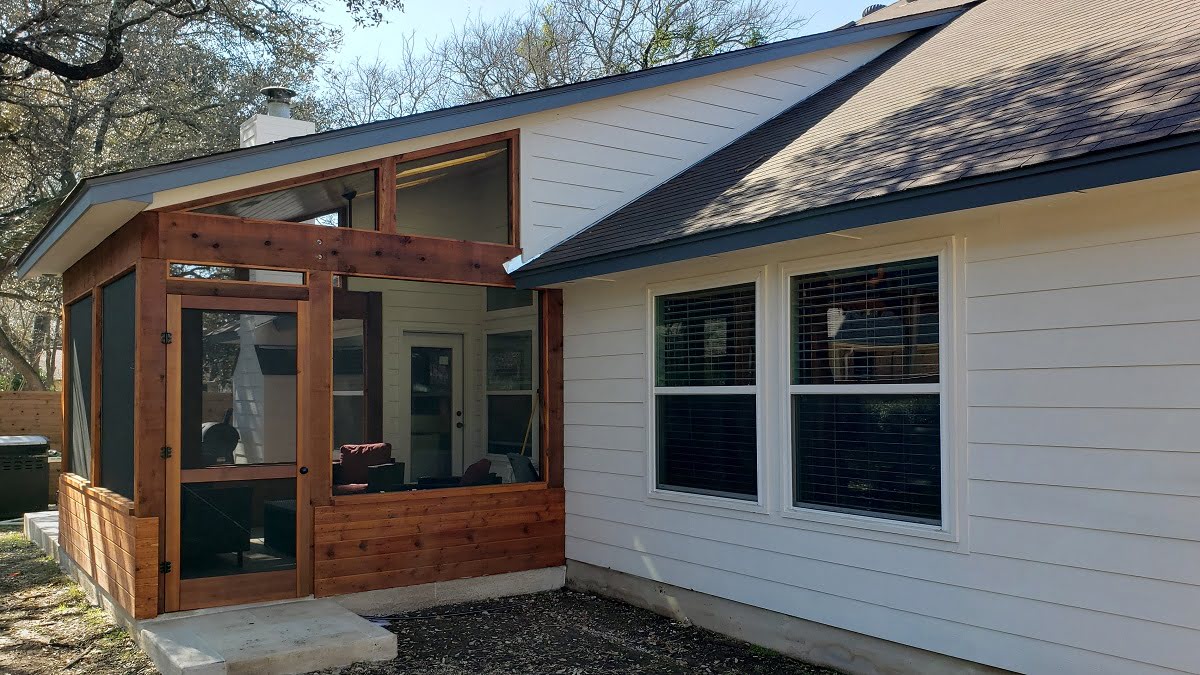

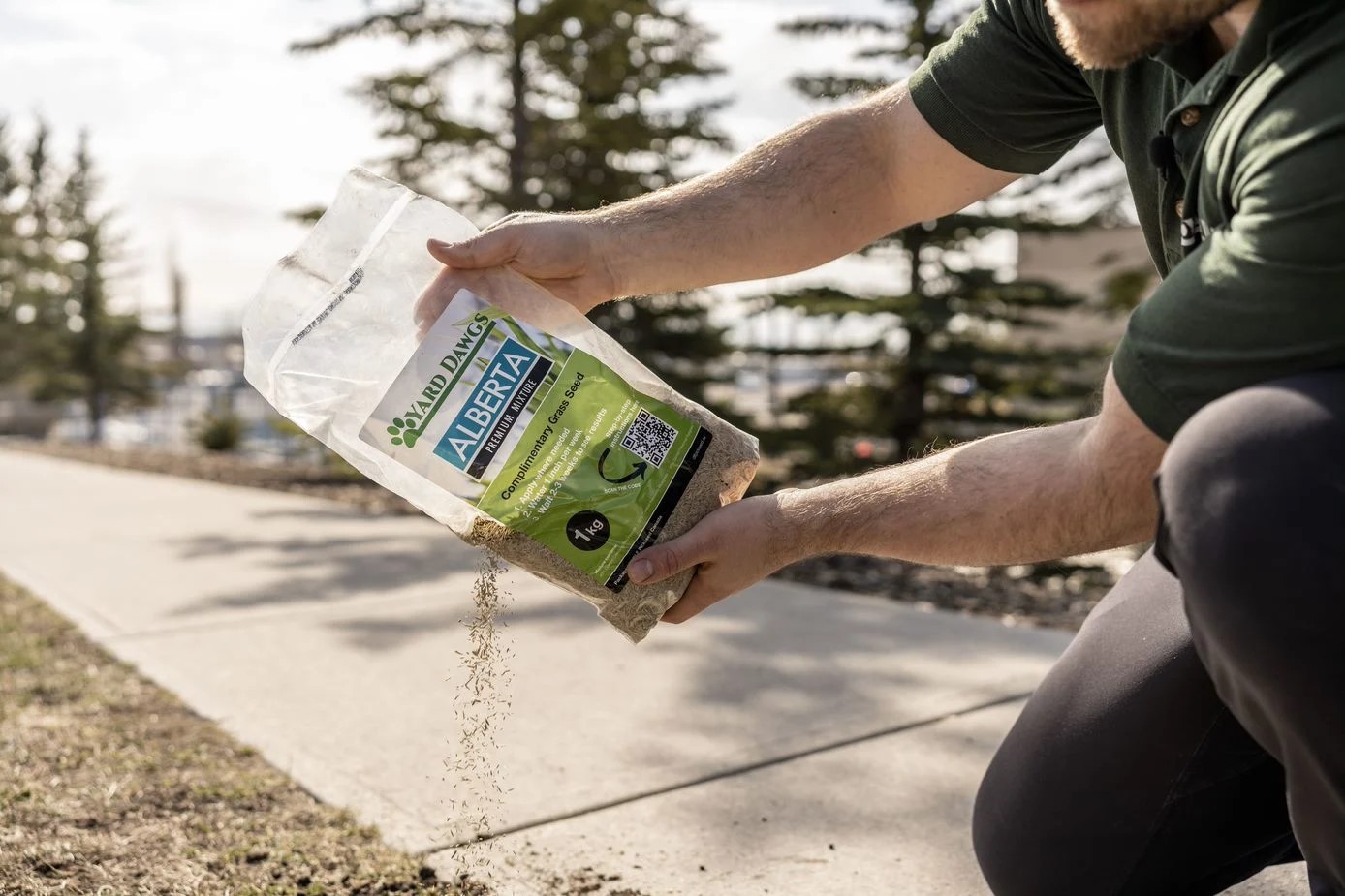
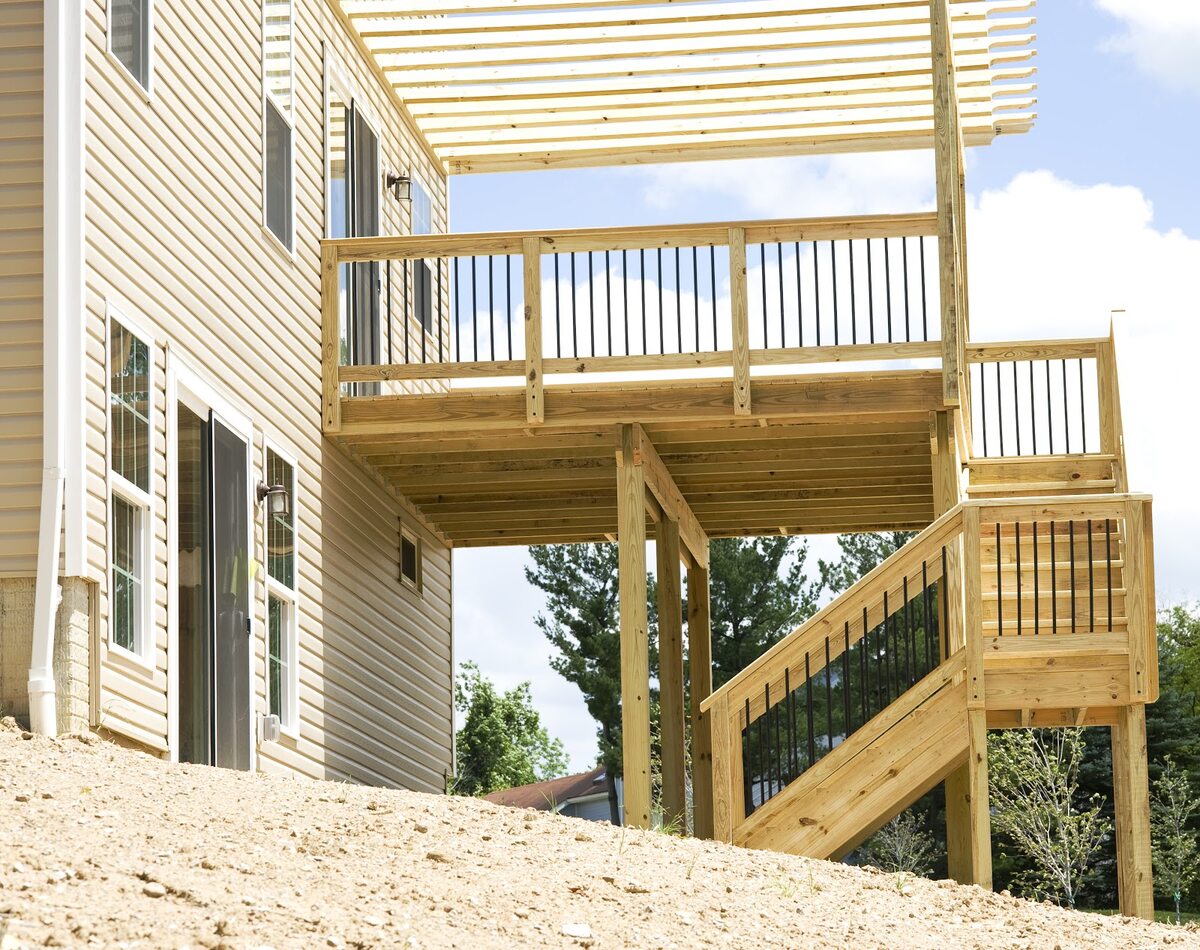
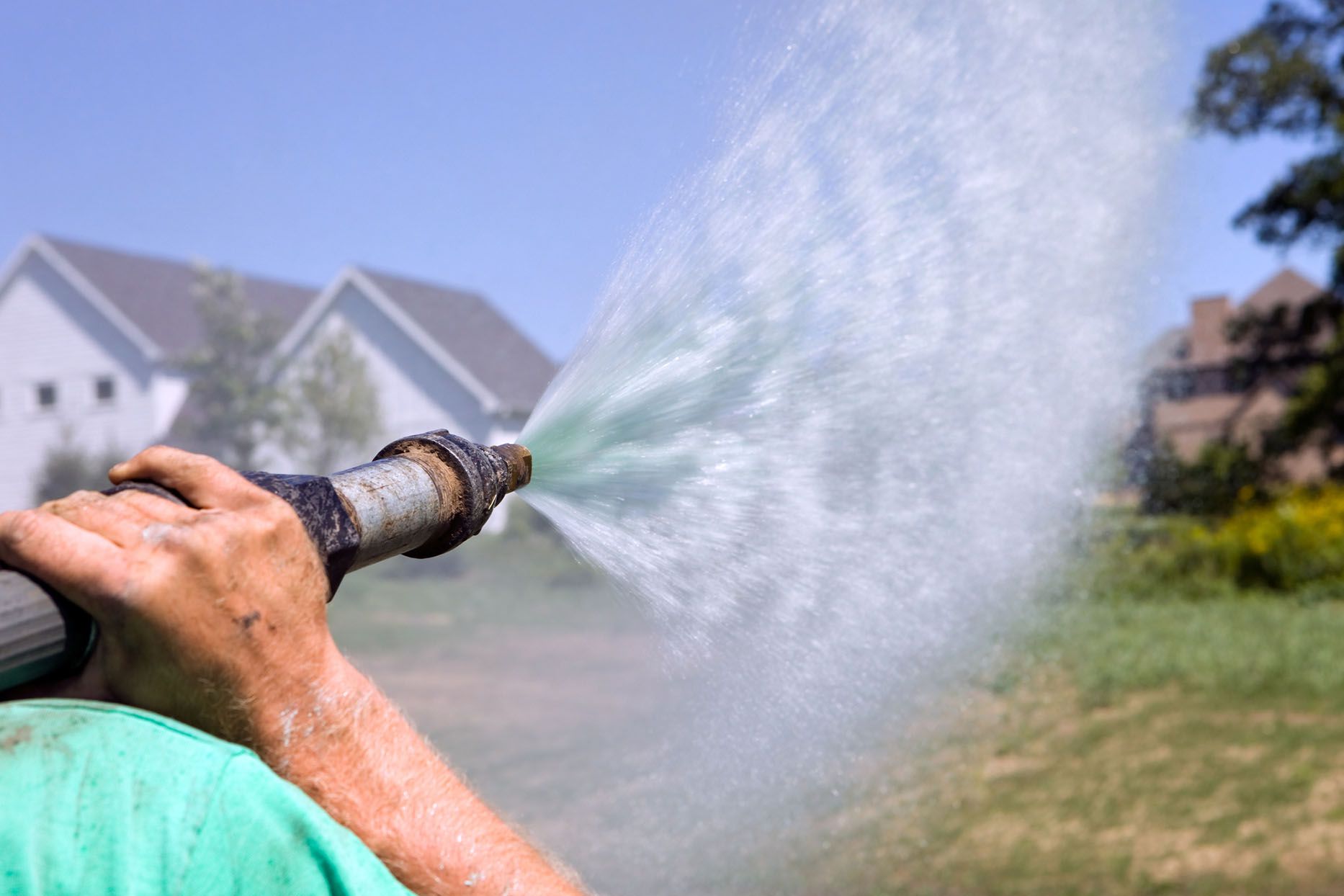

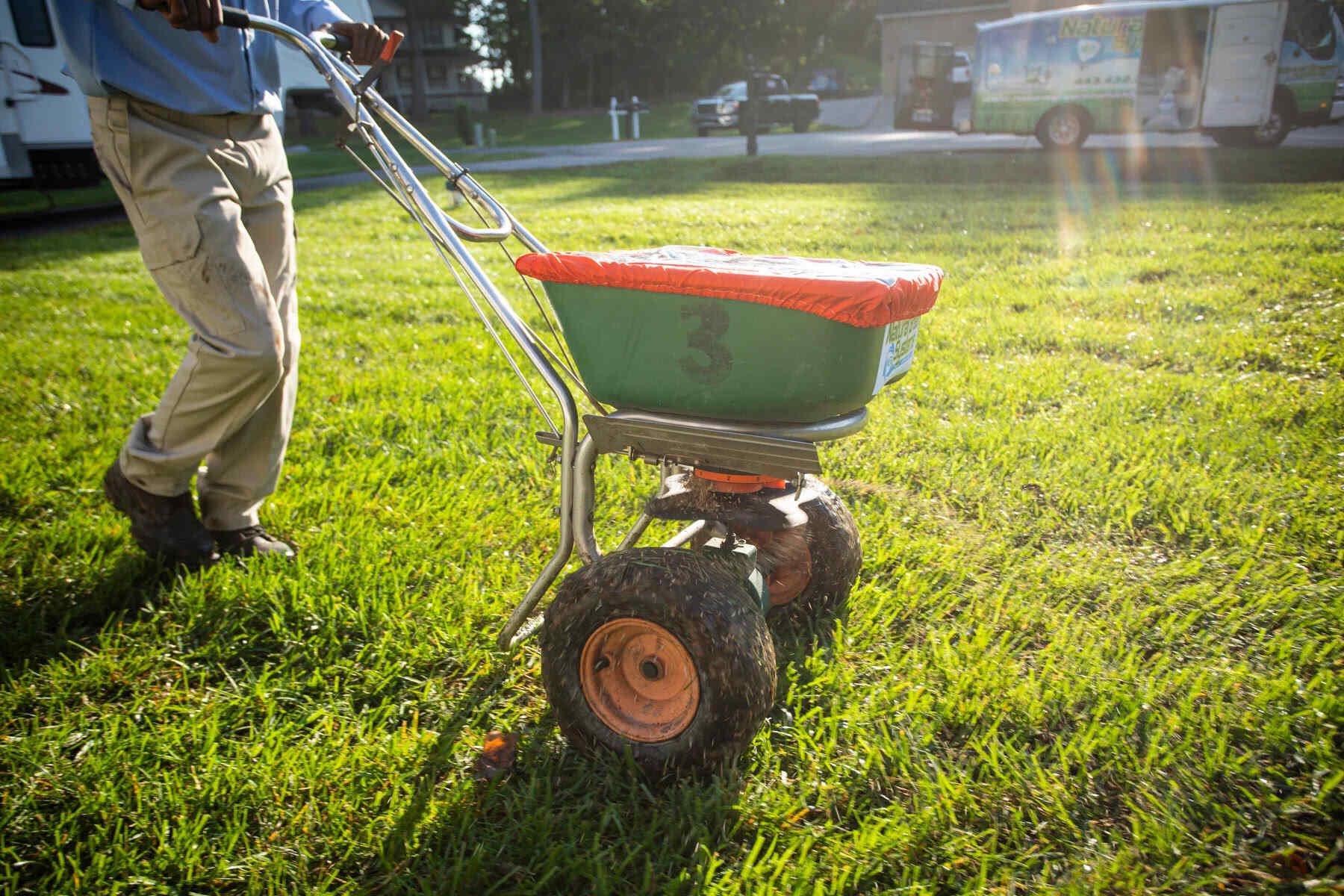
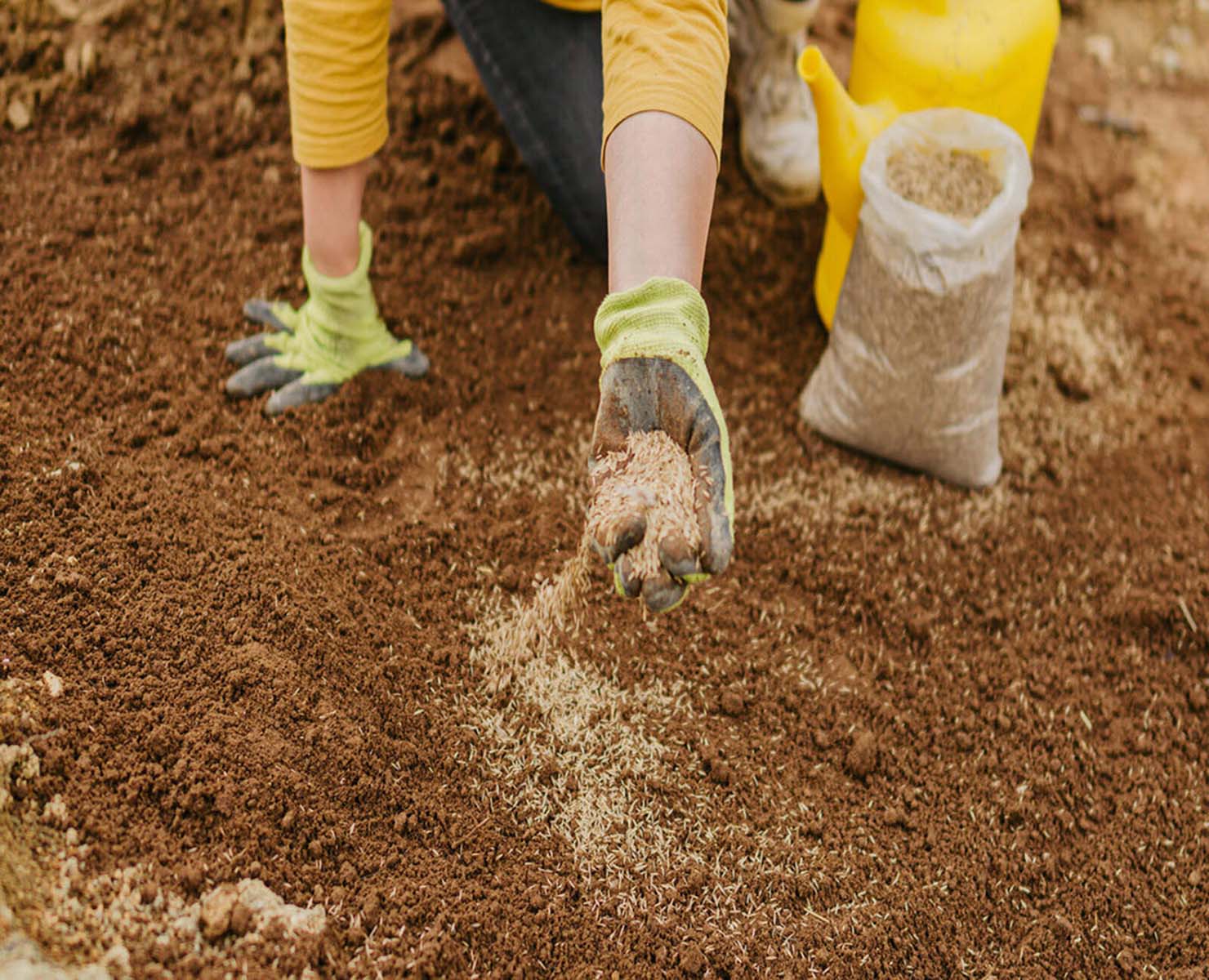
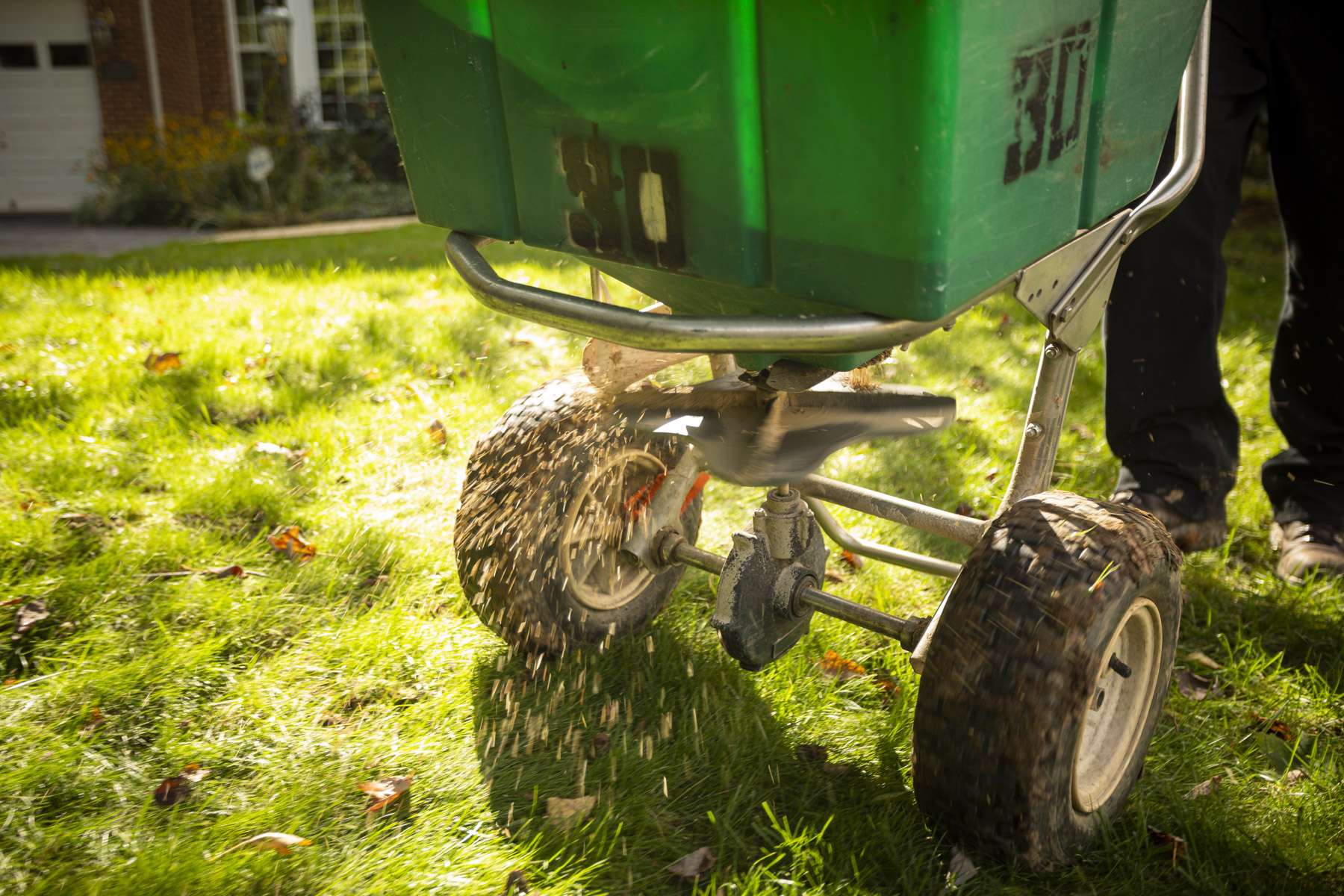

0 thoughts on “How To Add Grass Seed To Existing Lawn”